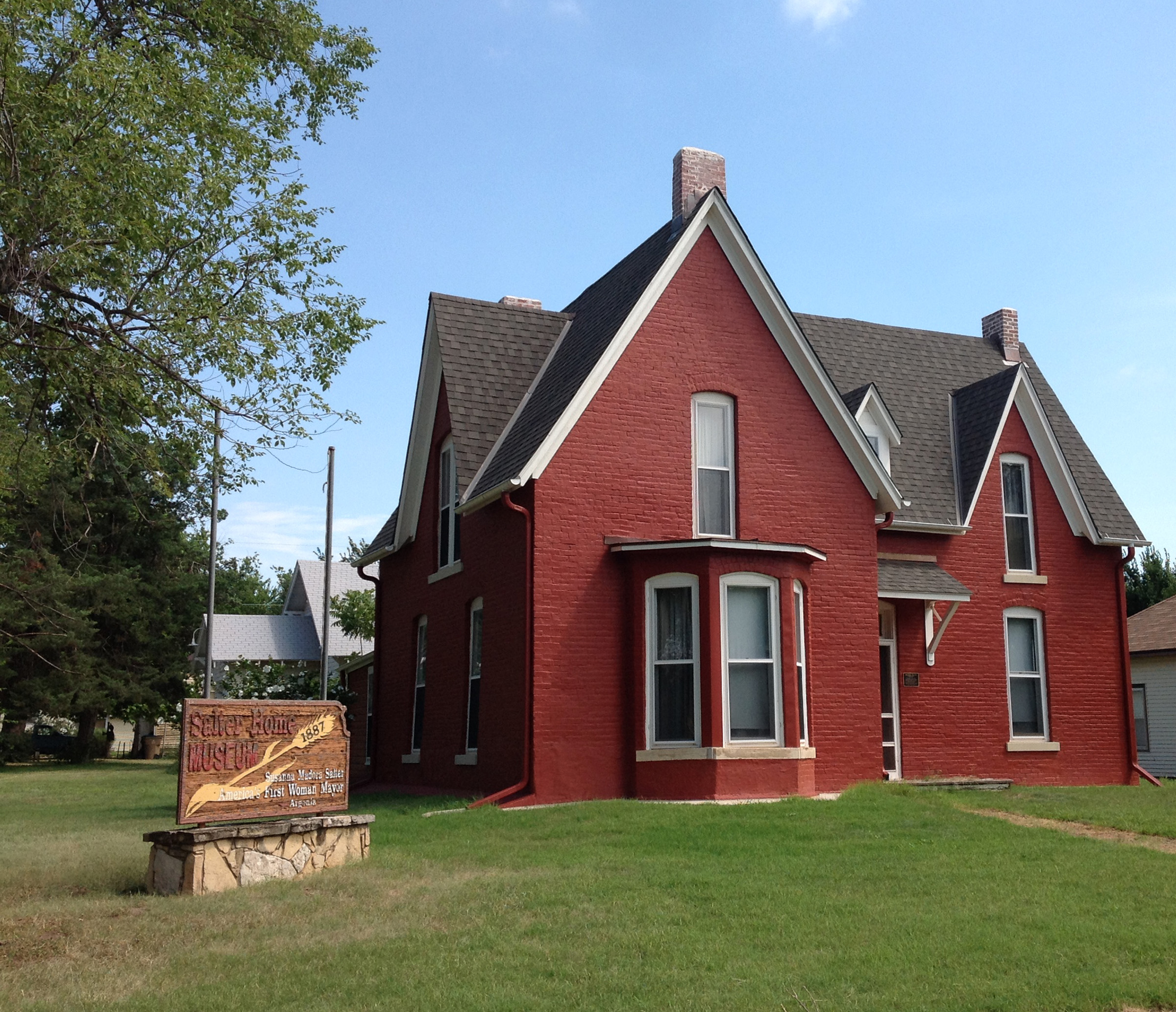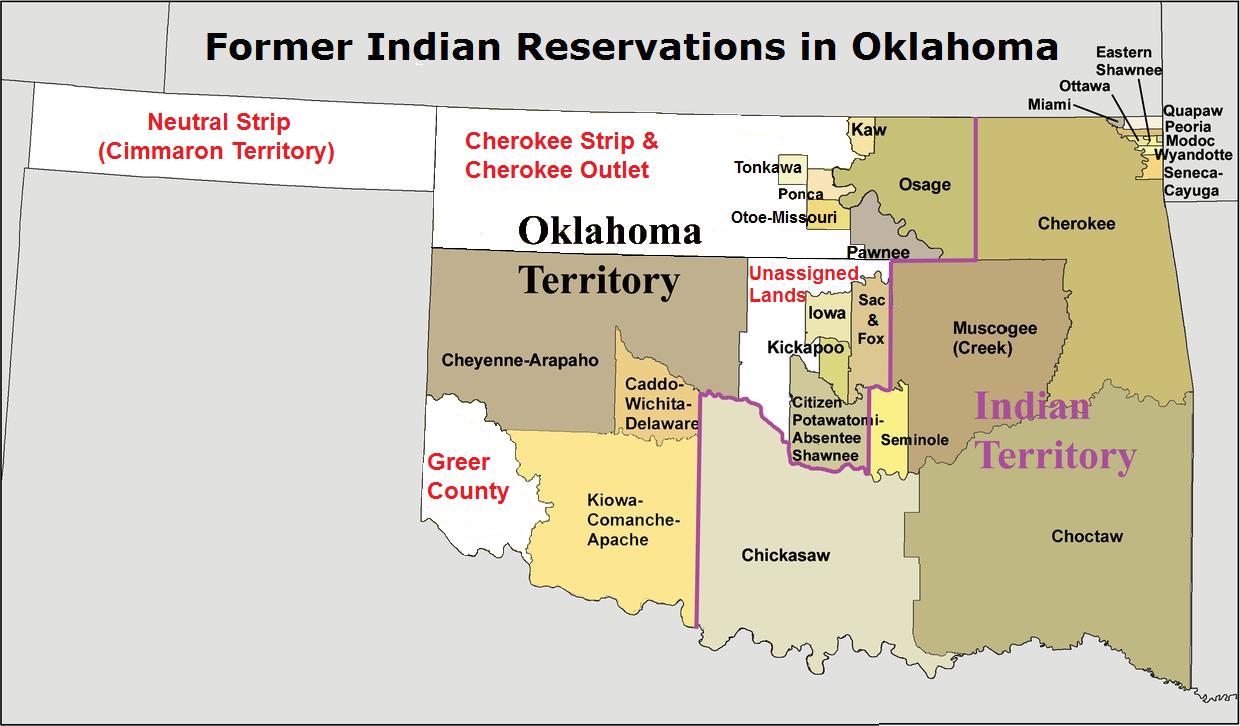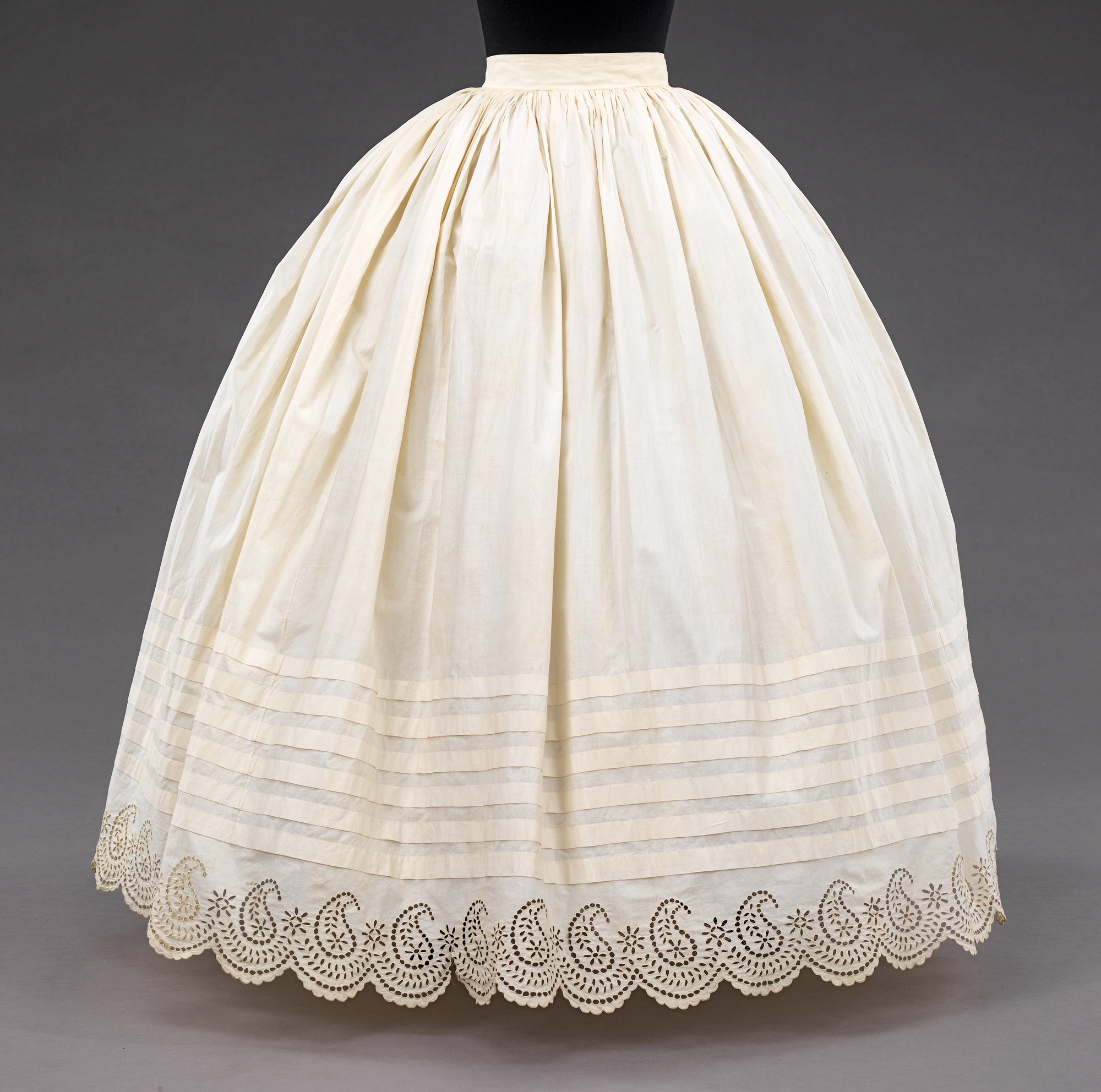|
Susanna M. Salter
Susanna Madora Salter (; March 2, 1860 – March 17, 1961) was an American politician and activist. She served as mayor of Argonia, Kansas, becoming the first woman elected to serve as mayor in the United States and one of the first women to serve in any political office in the United States Early life and education Susanna Madora Kinsey was born March 2, 1860, near the unincorporated community of Lamira in Smith Township, Belmont County, Ohio. She was the daughter of Oliver Kinsey and Terissa Ann White Kinsey, the descendants of Quaker colonists from England. At the age of 12, she moved to Kansas with her parents, settling on an farm near Silver Lake. In 1878, she entered Kansas State Agricultural College (present-day Kansas State University) in Manhattan. She was permitted to skip her freshman year, having taken college-level courses in high school, but was forced to drop out six weeks short of graduation due to illness. While a student, she met Lewis Allison Salter (18 ... [...More Info...] [...Related Items...] OR: [Wikipedia] [Google] [Baidu] |
Argonia, Kansas
Argonia is a city in Sumner County, Kansas, Sumner County, Kansas, United States. As of the 2020 United States census, 2020 census, the population of the city was 456. History Argonia was founded in 1881. It was named for the ship ''Argo'' in Greek mythology. In 1887, Susanna M. Salter became the first woman to win political office in United States history when she was elected Mayor of Argonia as a member of the Prohibition Party.Susanna Salter Emily Taylor Centre, Retrieved 11 January 2017 Geography Argonia is located at (37.265299, -97.766123). According to the United States Census Bureau, the city has a total area of , all of it land.Demographics 2010 census As of the census ...[...More Info...] [...Related Items...] OR: [Wikipedia] [Google] [Baidu] |
Carrie Nation
Caroline Amelia Nation (November 25, 1846June 9, 1911), often referred to by Carrie, Carry Nation, Carrie A. Nation, or Hatchet Granny, was a radical member of the temperance movement, which opposed alcohol before the advent of Prohibition. Nation is noted for attacking alcohol-serving establishments (most often taverns) with a hatchet. Nation was also concerned about tight clothing for women; she refused to wear a corset and urged women not to wear them because of their harmful effects on vital organs. She described herself as "a bulldog running along at the feet of Jesus, barking at what He doesn't like", and claimed a divine ordination to promote temperance by destroying bars. Early life and first marriage Caroline Amelia Moore was born in Garrard County, Kentucky, to George Moore and Mary Campbell. Her father was a successful farmer, stock trader, and slaveholder of Irish descent. During much of her early life, Moore's health was poor and her family experienced financial s ... [...More Info...] [...Related Items...] OR: [Wikipedia] [Google] [Baidu] |
National Register Of Historic Places
The National Register of Historic Places (NRHP) is the United States federal government's official list of districts, sites, buildings, structures and objects deemed worthy of preservation for their historical significance or "great artistic value". A property listed in the National Register, or located within a National Register Historic District, may qualify for tax incentives derived from the total value of expenses incurred in preserving the property. The passage of the National Historic Preservation Act (NHPA) in 1966 established the National Register and the process for adding properties to it. Of the more than one and a half million properties on the National Register, 95,000 are listed individually. The remainder are contributing resources within historic districts. For most of its history, the National Register has been administered by the National Park Service (NPS), an agency within the U.S. Department of the Interior. Its goals are to help property owners and inte ... [...More Info...] [...Related Items...] OR: [Wikipedia] [Google] [Baidu] |
Salter House
The Salter House in Argonia, Kansas is a historic house at 220 W. Garfield St. which was built in 1884–85. It was listed on the National Register of Historic Places in 1971. It is a two-story red brick house about in plan. It was the home of Susanna M. Salter Susanna Madora Salter (; March 2, 1860 – March 17, 1961) was an American politician and activist. She served as mayor of Argonia, Kansas, becoming the first woman elected to serve as mayor in the United States and one of the first women to ... (1860–1961) who became internationally famous in 1887 when she became the first woman mayor in the United States. With . The house was built by Susanna Salter's father, Oliver Kinsey from bricks he made himself. References Houses on the National Register of Historic Places in Kansas Houses completed in 1884 National Register of Historic Places in Sumner County, Kansas {{Kansas-NRHP-stub ... [...More Info...] [...Related Items...] OR: [Wikipedia] [Google] [Baidu] |
University Of Oklahoma
The University of Oklahoma (OU) is a Public university, public research university in Norman, Oklahoma. Founded in 1890, it had existed in Oklahoma Territory near Indian Territory for 17 years before the two Territories became the state of Oklahoma. In Fall 2022, the university had 29,705 students enrolled, most at its main campus in Norman. Employing nearly 3,000 faculty members, the school offers 152 Bachelor's degree, baccalaureate programs, 160 Master's degree, master's programs, 75 doctorate programs, and 20 majors at the first professional level. The university is Carnegie Classification of Institutions of Higher Education, classified among "R1: Doctoral Universities – Very high research activity". According to the National Science Foundation, OU spent $283 million on research and development in 2018, ranking it 82nd in the nation. Its Norman campus has two prominent museums, the Fred Jones Jr. Museum of Art, specializing in French Impressionism and Native Americans in the ... [...More Info...] [...Related Items...] OR: [Wikipedia] [Google] [Baidu] |
Carmen, Oklahoma
Carmen is a town in Alfalfa County, Oklahoma, United States. The population was 355 at the 2010 census. Geography Carmen lies along State Highway 45. It shared a school district with the nearby town of Dacoma until the school was closed. According to the United States Census Bureau, the town has a total area of , all land. Demographics As of the census of 2000, there were 411 people, 175 households, and 110 families residing in the town. The population density was . There were 248 housing units at an average density of 164.2 per square mile (63.4/km2). The racial makeup of the town was 94.89% White, 0.49% African American, 1.95% Native American, 0.49% from other races, and 2.19% from two or more races. Hispanic or Latino of any race were 1.70% of the population. There were 175 households, out of which 26.9% had children under the age of 18 living with them, 53.1% were married couples living together, 7.4% had a female householder with no husband present, and 37.1% were ... [...More Info...] [...Related Items...] OR: [Wikipedia] [Google] [Baidu] |
Woods County, Oklahoma
Woods County is a county located in the northwestern part of the U.S. state of Oklahoma. As of the 2010 census, the population was 8,878. Its county seat is Alva. The county is named after Samuel Newitt Wood, a renowned Kansas populist.Reichenberger, Donovan"Woods County,"''Encyclopedia of Oklahoma History and Culture'', Oklahoma Historical Society, 2009. Accessed April 5, 2015. History The Burnham site in Woods County is a pre-Clovis site, that is, an archaeological site dating before 11,000 years ago. The region of Woods County, Oklahoma, was home to the Antelope Creek Phase of Southern Plains Villagers, a precontact culture of Native Americans, who are related to the Wichita and Affiliated Tribes. An early European explorer of the area now contained within Woods County was George C. Sibley, who traveled through in 1811. He visited a salt formation near the present town of Freedom, Oklahoma, then followed the Mountain Fork of the Arkansas River southeastward to the Gre ... [...More Info...] [...Related Items...] OR: [Wikipedia] [Google] [Baidu] |
Oklahoma Territory
The Territory of Oklahoma was an organized incorporated territory of the United States that existed from May 2, 1890, until November 16, 1907, when it was joined with the Indian Territory under a new constitution and admitted to the Union as the state of Oklahoma. The 1890 Oklahoma Organic Act organized the western half of Indian Territory and a strip of country known as No Man's Land into Oklahoma Territory. Reservations in the new territory were then opened to settlement in a series of land runs in 1890, 1891, and 1893. Seven counties were defined upon the creation of the territory. They were originally designated by number and eventually became Logan, Cleveland, Oklahoma, Canadian, Kingfisher, Payne, and Beaver counties. The Land Run of 1893 led to the addition of Kay, Grant, Woods, Garfield, Noble, and Pawnee counties. The territory acquired an additional county through the resolution of a boundary dispute with Texas, which today is split into Greer, Jackson, Harmo ... [...More Info...] [...Related Items...] OR: [Wikipedia] [Google] [Baidu] |
Alva, Oklahoma
Alva is a city in and the county seat of Woods County, Oklahoma, United States, along the Salt Fork Arkansas River. The population was 4,945 at the 2010 census. Northwestern Oklahoma State University is located in Alva. History Alva was established in 1893 as a General Land Office for the Cherokee Outlet land run, the largest of the land rushes that settled western and central Oklahoma. The site was chosen for its location on the Atchison, Topeka & Santa Fe Railway and likely named for a railroad attorney, Alva Adams, who had become governor of Colorado. When the Southern Kansas Railway, began extending its line from Kiowa, Kansas across the Cherokee Outlet in 1886, Alva became the first railroad station southwest of Kiowa. The line was operational in 1887, in time for the opening of the Unassigned Lands. The United States Secretary of the Interior chose Alva as the seat of County M when Oklahoma Territory was organized in 1890. A U.S. government land office opened there bef ... [...More Info...] [...Related Items...] OR: [Wikipedia] [Google] [Baidu] |
Cherokee Outlet
The Cherokee Outlet, or Cherokee Strip, was located in what is now the state of Oklahoma in the United States. It was a 60-mile-wide (97 km) parcel of land south of the Oklahoma-Kansas border between 96 and 100°W. The Cherokee Outlet was created in 1836. The United States forced the Cherokee Nation of Indians to cede to the United States all lands east of the Mississippi River in exchange for a reservation and an "outlet" in Indian Territory (later Oklahoma). At the time of its creation, the Cherokee Outlet was about 225 miles (360 km) long. The cities of Enid, Woodward, Ponca City, and Perry were later founded within the boundaries of what had been the Cherokee Outlet. The Cherokee Strip was a two and one-half mile wide piece of land running along the northern border of much of the Cherokee Outlet. It was the result of a surveying error. The whole of the Cherokee Outlet is often called the Cherokee Strip. Creation In 1836, the Treaty of New Echota between t ... [...More Info...] [...Related Items...] OR: [Wikipedia] [Google] [Baidu] |
The Sun (New York City)
''The Sun'' was a New York newspaper published from 1833 until 1950. It was considered a serious paper, like the city's two more successful broadsheets, ''The New York Times'' and the ''New York Herald Tribune''. The Sun was the first successful penny daily newspaper in the United States and the first one to hire a Police reporter. It was also, for a time, the most successful newspaper in America. ''The Sun'' is well-known for publishing the Great Moon Hoax of 1835, as well as Francis Pharcellus Church's 1897 editorial, containing the line "Yes, Virginia, there is a Santa Claus". History In New York, ''The Sun'' began publication on September 3, 1833, as a morning newspaper edited by Benjamin Day (1810–1889), with the slogan "It Shines for All". It cost only one penny (equivalent to ¢ in ), was easy to carry, and had illustrations and crime reporting popular with working-class readers. It inspired a new genre across the nation, known as the penny press, which made the ... [...More Info...] [...Related Items...] OR: [Wikipedia] [Google] [Baidu] |
Petticoat
A petticoat or underskirt is an article of clothing, a type of undergarment worn under a skirt or a dress. Its precise meaning varies over centuries and between countries. According to the ''Oxford English Dictionary'', in current British English, a petticoat is "a light loose undergarment ... hanging from the shoulders or waist". In modern American usage, "petticoat" refers only to a garment hanging from the waist. They are most often made of cotton, silk or tulle. Without petticoats, skirts of the 1850s would not have the volume they were known for. In historical contexts (16th to mid-19th centuries), ''petticoat'' refers to any separate skirt worn with a gown, bedgown, bodice or jacket; these petticoats are not, strictly speaking, underwear, as they were made to be seen. In both historical and modern contexts, ''petticoat'' refers to skirt-like undergarments worn for warmth or to give the skirt or dress the desired attractive shape. Terminology Sometimes a petticoat may be ... [...More Info...] [...Related Items...] OR: [Wikipedia] [Google] [Baidu] |




.jpg)



